The last nasty cold I had left me feeling like I didn’t have at least three of my senses. I couldn’t smell, I couldn’t taste, I couldn’t hear, and my eyes were so gummed up that I couldn’t really see all that well so we might as well say that I couldn’t see either.
The culprit? Suuuuuper stuffed up nasal passages. So, stuffed up in fact, that the mucus production was even affecting my inner ear. Not fun. At. All.
So, while I laid in bed with tissues stuffed up my nostrils in utter misery, I thought, “I would really love to breathe through my nose again. How can I accomplish this?”.
Insert amazing vapor rub recipe!
One DIY Vapor Rub Recipe – To Rule Them All!
The original version that you can pick up at the store lists its ingredients as follows:
Active Ingredients (Purpose)
Regular: Camphor (synthetic) 4.8% (Cough suppressant and topical analgesic)
Eucalyptus oil 1.2% (Cough suppressant)
Menthol 2.6% (Cough suppressant and topical analgesic)Inactive Ingredients
Regular: cedarleaf oil, nutmeg oil, petrolatum, thymol, turpentine oil
Hmmm…not the most natural ingredients. Synthetic camphor? Petrolatum? Turpentine oil? No thanks!
So, we’re going to make our own version that’s just like the original, but without all the chemicals and byproducts you don’t need.
Why does this matter?
For one, turpentine is actually a lung, eye, and skin irritant which is sort of counterintuitive when using a product meant to soothe the lungs that you put on your skin. It is also known to cause organ system toxicity.
Secondly, petrolatum (aka petroleum jelly) is often laced with a highly toxic compound known as PAHS (Polycyclic aromatic hydrocarbons) which are a group of more than 100 different chemicals that are released from burning charcoal, oil, gasoline, trash, tobacco, wood, and other substances. It is these chemicals that are known to cause cancer, development and reproductive toxicity, and organ system toxicity.
While some would argue that petrolatum is safe to use, the issue is that petrolatum is rarely refined enough in the United States to be considered totally safe without any trace of PAHS.
How to Make a DIY Vapor Rub Recipe – That Actually Works!
For this recipe, you’re going to need:
• One 2oz jar
• An accurate kitchen scale like this one
• A flexible spatula
• A Pyrex measuring cup
• A separate small dish for measuring the essential oils
• 7.2g beeswax
• 35g carrier oil (like coconut, sweet almond, grapeseed, apricot kernel, etc.)
• 1.2g menthol crystals
• 2.3g camphor essential oil (for children, swap this out with fir needle, spruce, or tea tree essential oil)
• 0.6g eucalyptus globulus essential oil (for children, swap this out with fragonia or rosalina essential oil)
• 0.2g cedarleaf (aka thuja) essential oil (for children, swap this out with pine or juniper berry essential oil)
• 0.05g nutmeg essential oil
• 0.05g thyme linalool essential oil
This recipe makes about 50g/50ml of vapor rub. I chose to fill up a little 1oz jam jar I had on hand (super cute!) and a few smaller containers for travel. As you can see above, the final product has a very petroleum-like consistency just like the original and has an exhilaratingly clarifying and camphoraceous aroma.
Feel free to multiply or divide this recipe as needed to suit your needs. This recipe will last a good year before the essential oils start to lose their potency and, depending on the carrier oil you use, this will also affect the shelf life. Coconut oil and jojoba oil have the longest shelf life of up to five years while other common oils you may have in your kitchen will last about two years.
The key is to keep the vapor rub tightly sealed when not in use, keep moisture out of it, and store it in a cool dark place.
Loving Preparation – DIY Vapor Rub Recipe
1. Begin by bringing 1 inch of water to a simmer in a saucepan.
2. While you wait, measure out your carrier oil, beeswax, and menthol crystals into the Pyrex measuring cup.
3. Place the Pyrex in the center of the saucepan and allow the ingredients to melt completely. The menthol crystals may take a few minutes to dissolve fully, so just stir on occasion until they do.
4. While the ingredients are melting, use the separate little dish to measure out your essential oils one by one using the scale. Hit tare between each oil to zero it out before measuring out the next EO.
5. Once the ingredients in the pyrex have melted completely, turn off the heat and remove the pyrex from the pan. Wipe the bottom with a kitchen towel to prevent any chance of water getting into your vapor rub when you pour the final product into your container of choice.
6. Place the Pyrex on the counter and allow it to cool for a few minutes, but not start to solidify. We want it to cool slightly before adding the essential oils otherwise they may evaporate too much and lose potency.
7. Add in the essential oils and stir to combine thoroughly.
8. Pour the final product into the 2oz jar and allow it to solidify completely before use.
To Use
When you feel like you need a bit of nasal or bronchial clarity during a cold or flu virus, simply dab a bit of homemade vapor rub to your throat, chest, and under your nose (if it’s comfortable).
Reapply as needed to help alleviate both sinus and lung congestion during bouts of cold and flu or even for seasonal allergies.
You can even apply this vapor rub on feet or on your back for added benefit.
This vapor rub recipe is honestly so potent and effective! It's just like the original you can buy at the store but without unnecessary ingredients. I call that a win!
Have you made your own vapor rub recipes? How did they turn out? Please share in the comments!
You may also enjoy reading:
The Difference Between Cold and Flu
Oregano Oil Roll-On for Cold and Flu Care
DIY Vapor Rub Oil
Sickroom Spray Recipe for Cold and Flu
Sources
Overton, Edward B., W. D. Sharp, and P. Roberts. Toxicity of petroleum. CRC Press: Boca Raton, FL, 1994.
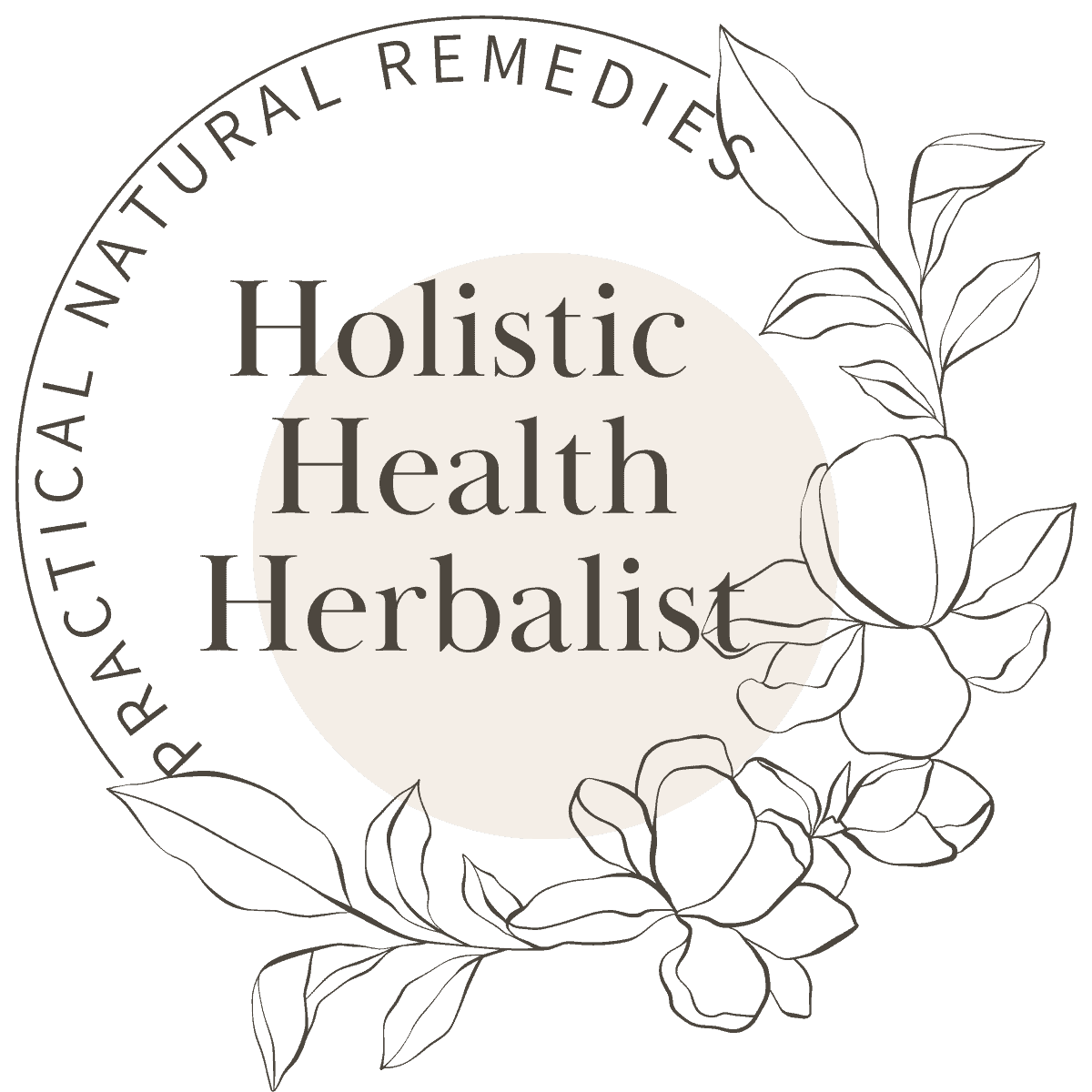

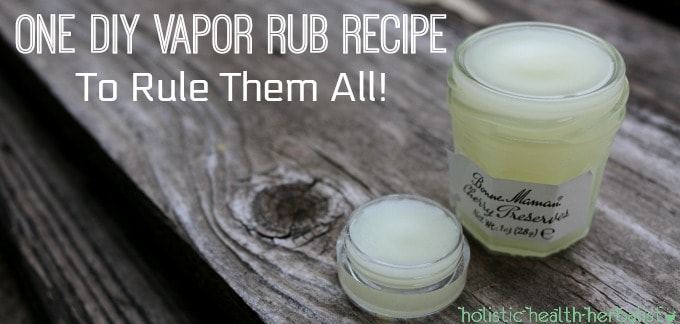
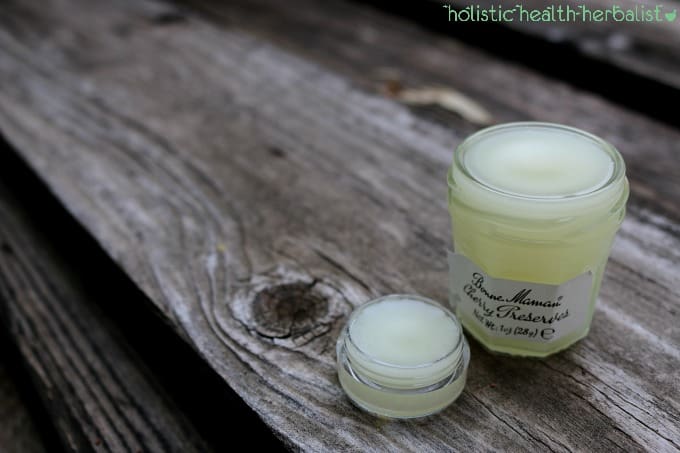
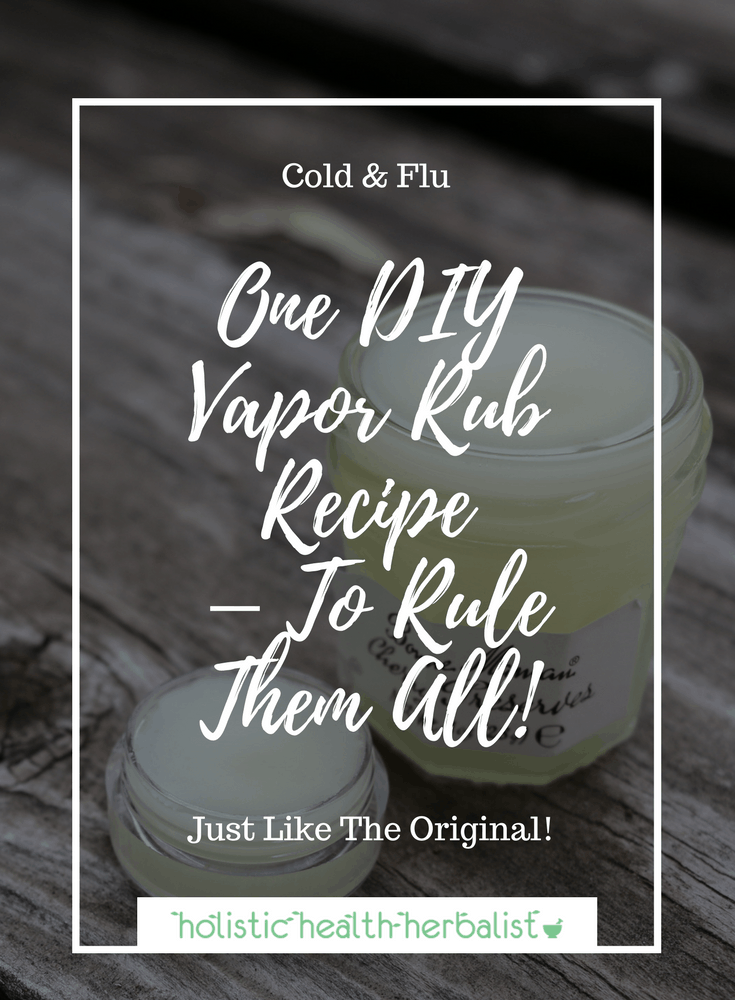
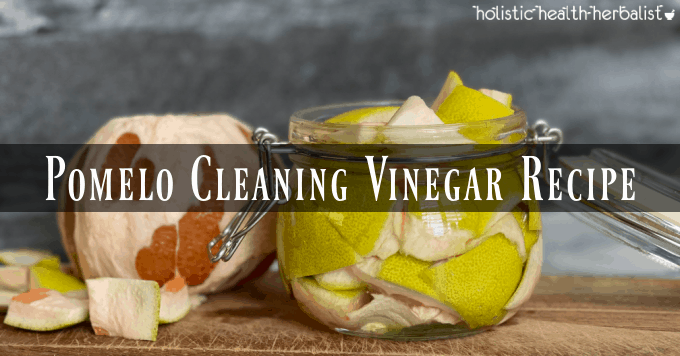
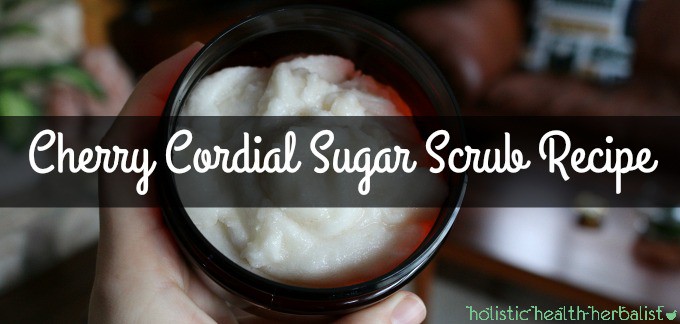
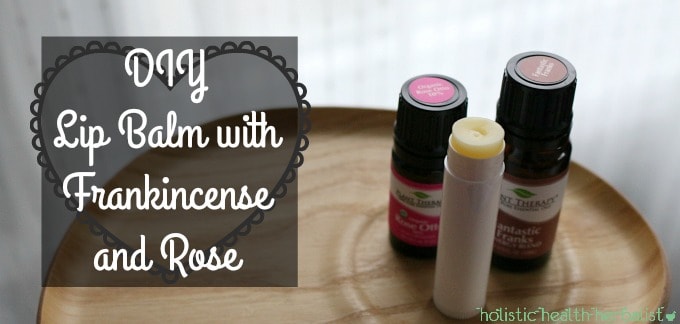
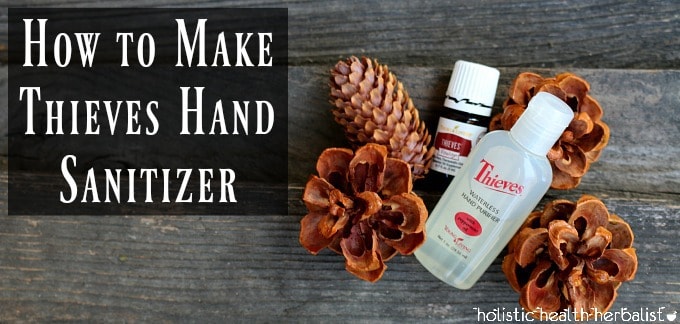
Henry says
Thank you! Tash. I just made it with a bit of modification and it turned out great.
Tash says
That's great to hear! Now is definitely a good time to have this on hand.
Deborah says
Hi Tash, Thank you for all the great info you send to my email:) I would like to know how I can pin from this site please?
I would appreciate a reply
Thank you:)
Deborah says
Hi Tash, thank you for all your great recipes, tips and tricks that you share. I have been receiving your emails for a good 2 years and was able to pin what you share onto my health board but not anymore as I noticed your name has changed from there's an eo for that and there is no pinterest button on this site? The pin button here just brings me to your pins that you have pinned. Is this the way it's going to stay? I really don't want to have to write down anything on paper I would rather share to my pinterest board. I hope you come back with a solution.
Thank you
Nick Greenwood says
Hi Tash, thanks for all the great information on your website.
Can I use peppermint oil in place of the menthol crystals?
If so, how many drops?
Thanks and have a great day.
Nick